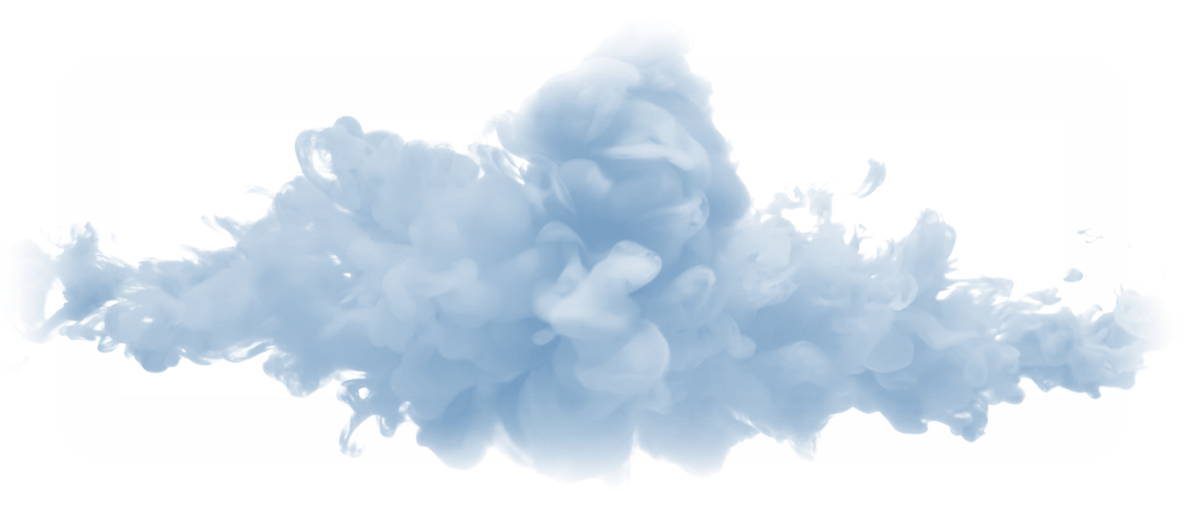Building flexible biological particle detection algorithms for traditional and emerging real-time instrumentation
Theme: Measurement Techniques
Start date: Cohort 1: 2019
Supervisors: Dr David Topping (Manchester) and Dr Chris Stopford (Hertfordshire)
Whilst the importance of biological particles in the environment, human health and as a potential security threat is known, development of robust detection technologies remains a challenge. This project will apply and evaluate a range of machine learning techniques to to convert multidimensional signatures from new and emerging detection techniques into distinct PBA types.
Abstract:
Primary Biological Aerosol Particles (PBAP) are understood to play key roles in the atmosphere as condensation nuclei (CCN), ice nuclei (IN), and in the formation of both volatile and non-volatile secondary organic aerosols (SOA) by gas/particle partitioning. Equally, their role in public health and national defense is frequently shown to be of paramount importance to society, with the ongoing Covid-19 virus being just one example. The development of emerging real-time autonomous detection techniques such as ultra violet light induced fluorescence (UV-LIF) represent significant breakthroughs in early warning detection systems, in addition to furthering our understanding of these fundamental atmospheric interactions and processes. Yet, despite these advances, substantial challenges still remain. As of yet, the algorithms required to correctly compute and classify such vast amounts of data over multiple instruments does not exist, and, at the time of this proposal, is mostly limited to individual exploratory studies testing a handful of methods without rigorous review or direct comparison with other instruments. Thus, there is a current lack of standardised, robust algorithms which can differentiate between large numbers of variables (fungi, viruses, bacteria, pollen etc) and weakly fluorescent non-biological particles which continues to limit the potential of UV-LIF instruments. This proposal shall explore current detection methods used within the industry whilst also highlighting the limitations of each and how this research proposes to address them. This research shall evaluate and build upon existing algorithms in order to improve classification capabilities of UV-LIF instrumentation and develop strategies for mapping information from high resolution to low resolution instruments to build more robust detection networks. Implications of this research include detection systems which are more reliable and applicable over broader sets of variables and over a variety of UV-LIF instruments.
